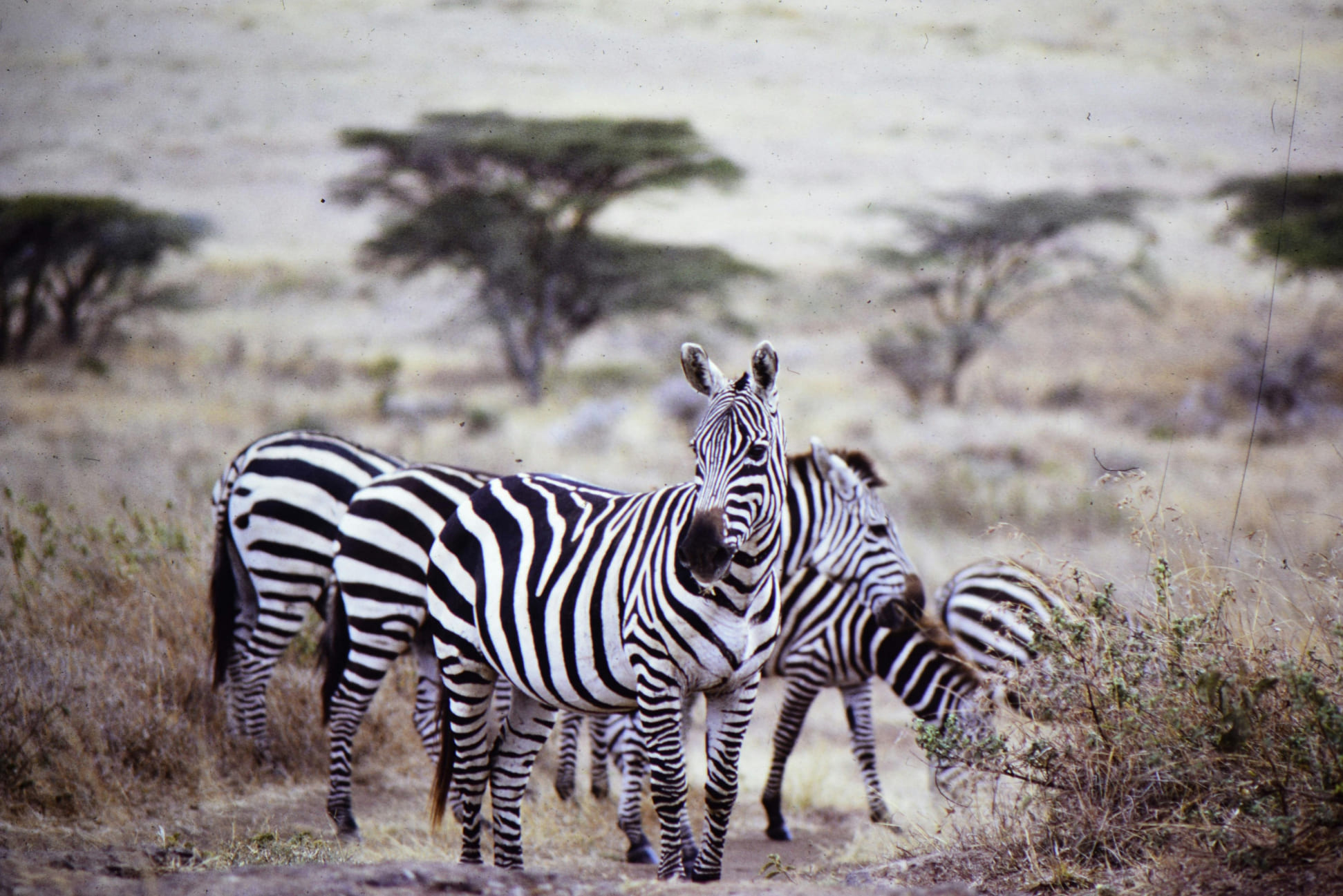The Striped Zebra: A Symbol of the African Savannah
Zebras are known for their unique black-and-white striped coats, which make them instantly recognizable. Native to the grasslands and savannas of Africa, zebras play a vital role in their ecosystem by grazing on grasses, which helps maintain the health and growth of these areas. Zebras are social animals that live in herds, providing protection against predators and fostering strong social bonds.
Unique Characteristics and Behavior
Each zebra’s stripe pattern is unique, and these patterns are believed to serve as camouflage, confusing predators when zebras are in groups. Zebras have excellent eyesight and hearing, which help them detect danger early. When threatened, zebras will often form a defensive circle with their heads facing outward, kicking at any predator that comes close. Their diet primarily consists of grass, but they can also consume leaves, stems, and bark when food is scarce. Their grazing habits contribute to the overall health of the savanna, as they prevent overgrowth and allow new plants to sprout.
Conservation and Habitat Loss
While not all zebra species are endangered, some, like the Grevy’s zebra, are critically threatened due to habitat loss and hunting. Conservation efforts focus on preserving their habitats and reducing human interference. By protecting zebras, we help ensure the stability and biodiversity of African grasslands.
